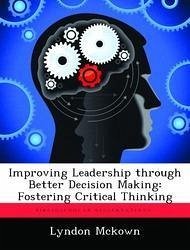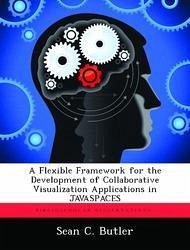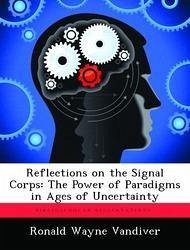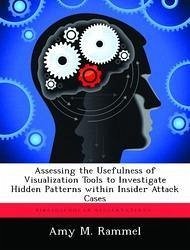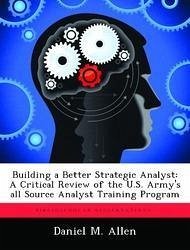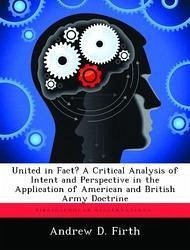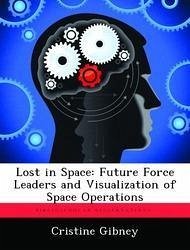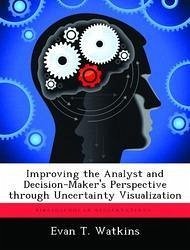
Improving the Analyst and Decision-Maker's Perspective through Uncertainty Visualization
Versandkostenfrei!
Versandfertig in über 4 Wochen
53,99 €
inkl. MwSt.

PAYBACK Punkte
27 °P sammeln!
Human decisions and predictions are based upon facts, patterns, and intuition, each of which is affected by uncertainty. Facts and patterns change while intuition, unique and disparate among people, is inherently difficult to duplicate or model. However, it is possible to facilitate and enhance decision-making and intuition by providing the decision-maker with better information. Decision-makers and their support require tools that improve the speed and quality of information comprehension, which improves their decisions and reduces error and loss. This thesis explores the practicality of enha...
Human decisions and predictions are based upon facts, patterns, and intuition, each of which is affected by uncertainty. Facts and patterns change while intuition, unique and disparate among people, is inherently difficult to duplicate or model. However, it is possible to facilitate and enhance decision-making and intuition by providing the decision-maker with better information. Decision-makers and their support require tools that improve the speed and quality of information comprehension, which improves their decisions and reduces error and loss. This thesis explores the practicality of enhancing the information used in decision support systems by including uncertainty without additional information overload.In this research, I establish the Taxonomy of Uncertainty from the numerous reasons and causes for uncertainty. The taxonomy is used to foster an approach to visualizing the uncertainty associated with an object and existing throughout the decision support and intelligence gathering systems. The resulting approach to including uncertainty involves recording uncertainty, identifying the relevant items, computing and visualizing uncertainty, and finally, providing interaction with the selection of uncertainty.A prototype that modeled part of the decision support system DIODE was created to embody most aspects of the approach to including uncertainty and was used to validate these efforts. Evaluation responses from several analysts support the thesis that the analyst and decision-maker's knowledge is enhanced with superior and enlightening information afforded by including and visualizing uncertainty, which can improve the decision-making process.



